Brown enamelled stoneware planter. Decoration of stylized leaves and flowers in hollow and in relief with golden enamelled glaze, on a brown background. under the base, numbered 39 R, B, 3.2
Hollow signature of Chaplet's rosary and monogrammed HC (for Haviland & Cie.) Circa 1882.
By its technique and its decoration, this piece relates to the period 1882 -1888 Parisian workshops of the Haviland manufacture, placed since 1882 under the direction of Ernest Chaplet. This production is characterized by the use of rough brown stoneware, and the naturalistic representation of the decor. Ernest Chaplet began his career as an apprentice in Sèvres. He became François Laurin's collaborator at the Bourg-la-Reine earthenware factory from 1857 to 1874 where he produced painted terracotta. They developed slurries together in 1871. From 1875, he carried out experiments in his workshop located in the outbuildings of the Auteuil factory. It was then headed by Charles Haviland, the son of David Haviland, founder of the company. Haviland will create a second workshop in Vaugirard where the sculptor Jules Dalou worked with Chaplet from 1882 to 1884. In 1882, Chaplet took charge of the Parisian workshops of Charles Haviland. Haviland gave him his workshops in Auteuil in 1885. The same year, he presented his works at the Universal Exhibition in Paris. The production of this period is characterized by the abandonment of raw brown stoneware for glazed stoneware with a Japanese style. Chaplet created his own factory in Bourg-la-Reine in 1875, which he kept until 1887. Then, he settled permanently in Choisy-le-Roi where he perfected colored enamels, particularly a red flame. It is inspired by Chinese shapes. He fulfills his dream of mastering the manufacturing process of the famous "beef blood". This process, based on a so-called “copper red” enamel, was discovered in China in the 13th century and rediscovered at the National Manufacture in Sèvres. He owes this success to his collaboration with Alexandre Bigot, which earned him the nickname "master of flames". In 1886, he met the painter Gauguin and trained him in ceramics. Around 1889, Chaplet produced ceramic translations of the sculptures of René de Saint Marceau, Jules Dalou and Auguste Rodin. In 1904, he became blind and gave up his workshop in favor of his son-in-law, the ceramist Emile Lenoble. He committed suicide on June 16, 1909.











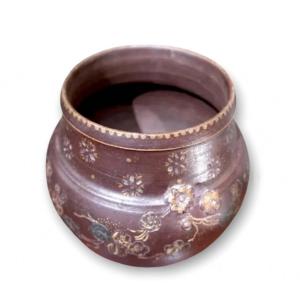









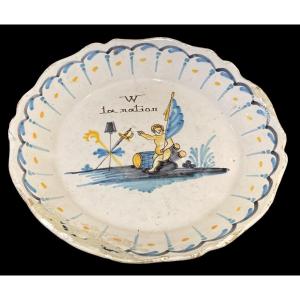
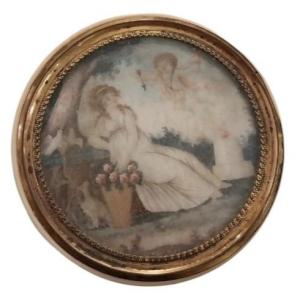
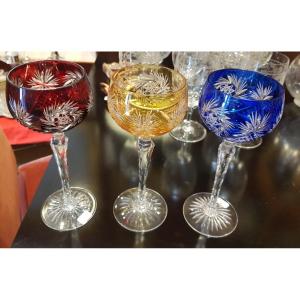

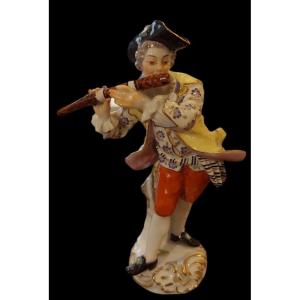

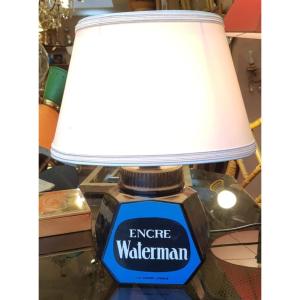
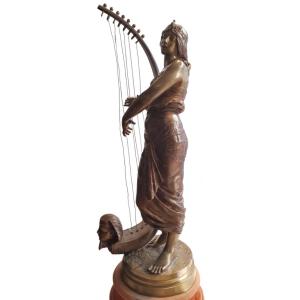

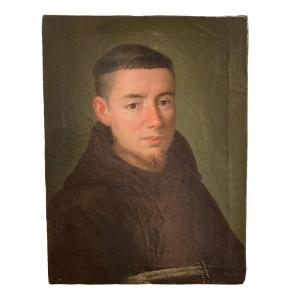



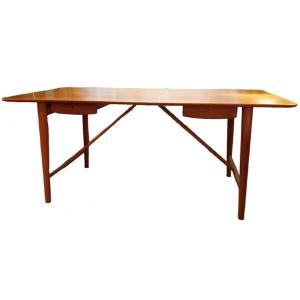

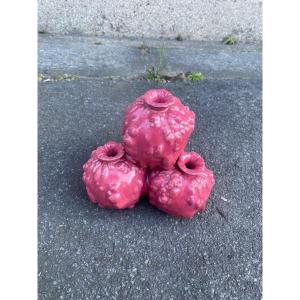
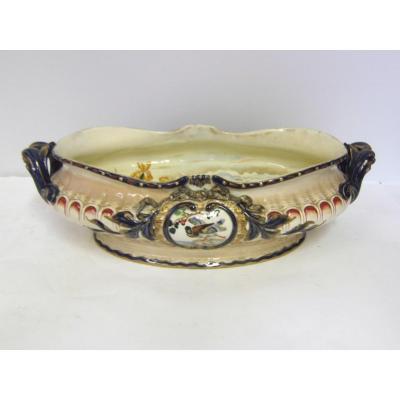

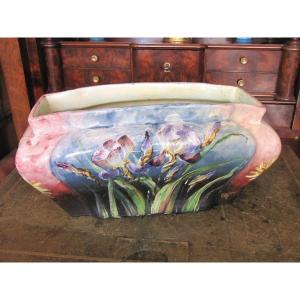




 Le Magazine de PROANTIC
Le Magazine de PROANTIC TRÉSORS Magazine
TRÉSORS Magazine Rivista Artiquariato
Rivista Artiquariato